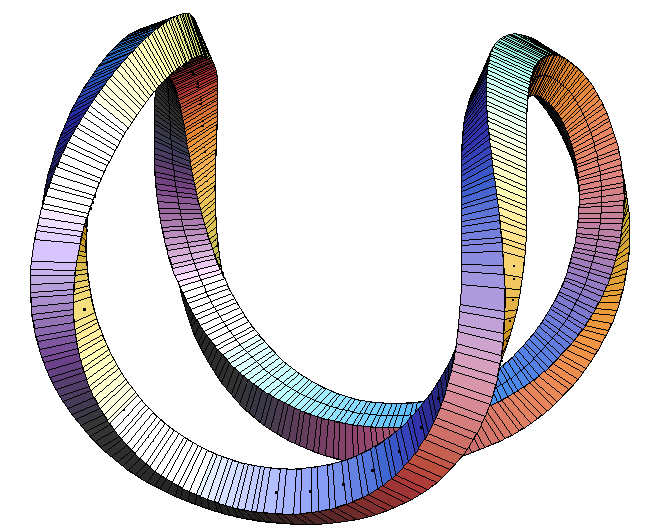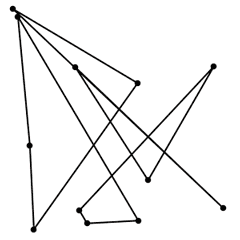Circle Limit - Wood Engravings by M.C. Escher
Around 1956, M.C. Escher explored the concept of representing infinity on a two-dimensional plane. Discussions with Canadian mathematician H.S.M. Coxeter inspired Escher’s interest in hyperbolic tessellations, which are regular tilings of a hyperbolic plane. Escher’s wood engravings Circle Limit I–IV demonstrate this concept. In 1959, Coxeter published his finding that these works were extraordinarily accurate: “Escher got it absolutely right to the millimeter."
Hyperbolic planes are difficult to explain. In fact, hyperbolic geometry is an extremely huge topic. Many visualizations of hyperbolic planes have been discovered (including the circle limits afore mentioned). Taking Circle Limit III for example (the one with the fishes), here is the gist of what these artworks have to do with hyperbolic geometry:
- The number of fishes within a distance of n from the center rises exponentially.
- The fishes have equal hyperbolic area. Yes, the tiny fishes on the very edge of the circle are the same size as the fishes in the center (on an actual hyperbolic plane, anyway).
- So, the area of a ball of radius n must rise exponentially in n.
Learn more. (x) (x) (x)





